2021 Activity Report
March Activity Report
31 March 2022
Global Japan Office Coordinator
KUBO Masako
This month we had a strange weather phenomenon called “calima”, which means dust in Spanish. Calima is a phenomenon in which dust from Africa reaches Spain, and this time it was massive and lasted for two or three days. I later heard that Salamanca was the worst affected city. Calima not only smells of sand, but the whole city is covered with sand. Cars are covered with dust, and of course, if you open the windows, it comes into the house. Even my baggage can become somewhat sandy. However, despite the physical damage, the golden color of Salamanca's buildings was enveloped by the yellowish sandy air, and it was fantastic for few days. (Photos 1-1, 1-2)
This month, Japan Week was held at the Spanish-Japanese Cultural Center. A colorful program was held from Monday to Saturday. The opening ceremony was graced with the presence of the President of the university and the Ambassador Extraordinary and Plenipotentiary of Japan (Photo 2). Not only Spaniards but also Japanese and international students participated in the event. I heard their comments such as, "If I were in Japan, I could not have a chance to come to a place like this." and "By studying abroad, I could experience my country’s culture again and gain a different perspective, such as bonsai and moss balls, and it gave me an opportunity to review Japanese culture”.
There are many events following last month, including online events at other universities, Japan Foundation programs, and other online events throughout Spain. I feel that interest in Japanese culture in Spain is very high. In the language exchange meeting on every Thursday, we work on a particular theme each time, and the students decide the theme. They all have a lot to talk about, but in terms of the flow of the conversation, they can only talk about half of what they've prepared, or they can spend 70 percent of their time on something other than what they've prepared. They seem to enjoy learning the art of conversation, and how to respond to each other in real time.
Students decide on the leaders and whether to form groups or pairs on the spot. The leaders sometimes make mistakes in time allocation or forgot to allocate time, but it is very encouraging to see them pointing out the mistakes to each other in joking manner. I am happy to see that the exchange program has led to the making of new friends and exchange beyond the campus boundaries. I am looking forward to seeing the changes in the members of the group in the coming months as the travel restrictions are relaxed.
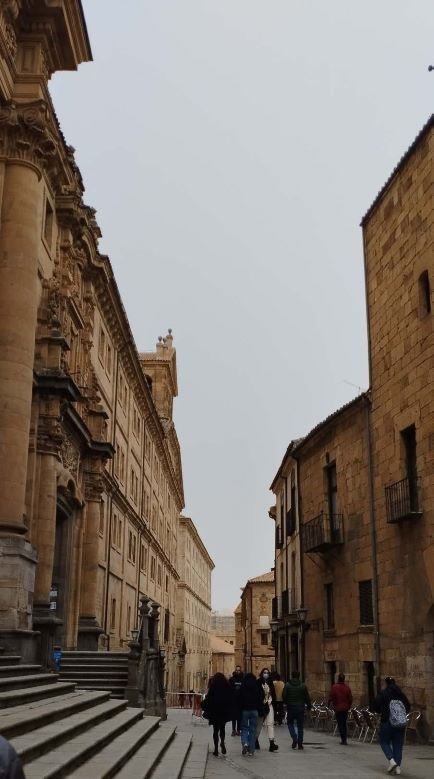
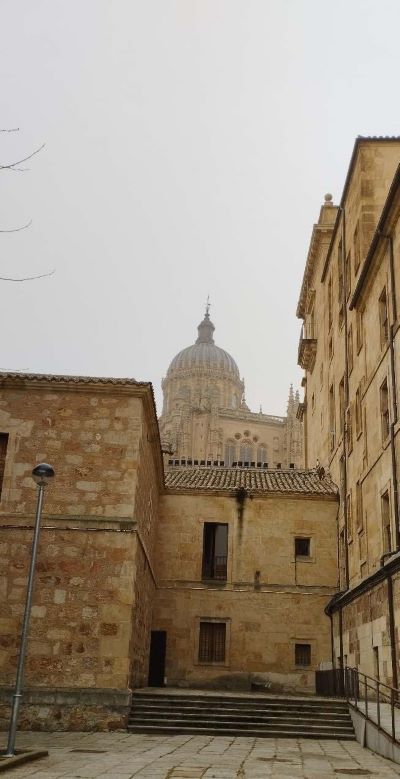
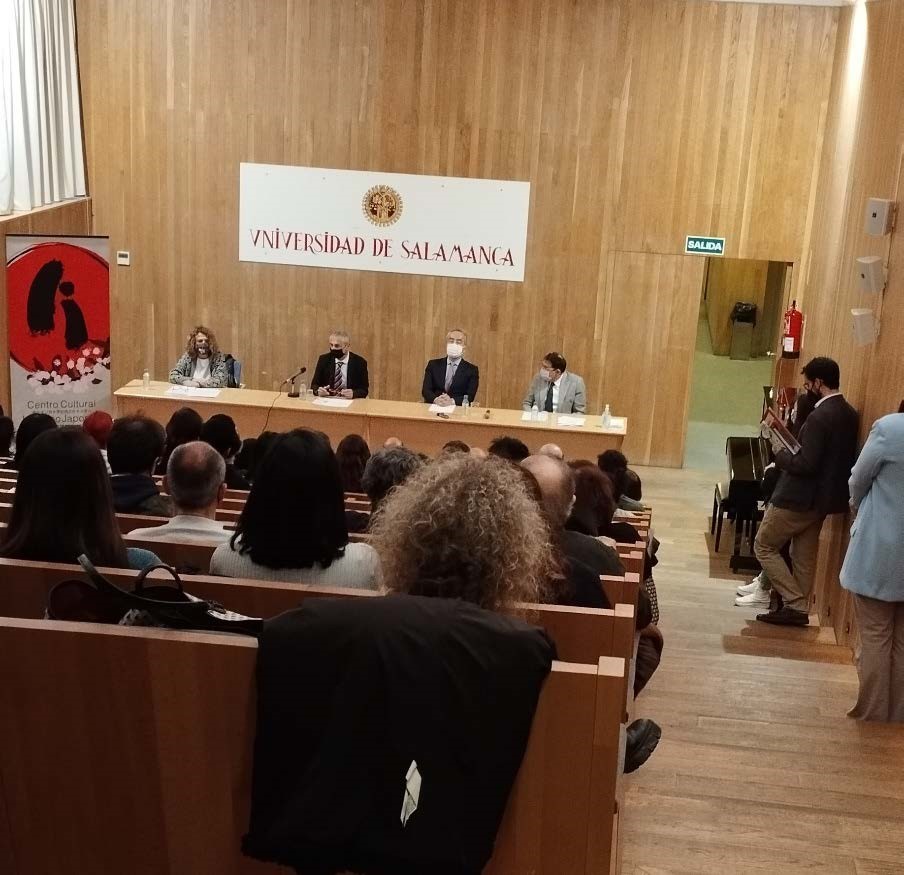
February Activity Report
28 February 2022
Global Japan Office Coordinator
KUBO Masako
In January, as soon as the exams for the first semester were over, we saw a few students preparing to study abroad. With the easing of Covid-19 regulations, classes for the second semester began almost as usual on February 7 at the Faculty of Letters, and we started with a fresh mindset. This semester, I am in charge of fourth-year students, who are in their graduation year. Students are in the last spurt of their university life, and as they reflect on their past, I can feel their confidence and positive energy overflowing. Almond flowers have just started to bloom in Salamanca, and they look gorgeous and graceful, just like the fourth-year students (Photo 1).
Early at the start of the second semester, the faculty held a "Language Day" on campus, an event meant to make people more familiar with each language. During the Japanese language section, the goal was to cultivate student initiative, and this time, led by a student representative, the students seemed to show their creativity and social skills, from coming up with ideas on what to do to the movements on the day of the event. Origami, making bookmarks and postcards, workshops for writing names in Japanese, and book introductions were some of the activities, and a great number of students from the Japanese Language Department helped with the operation (Photos 2-1, 2-2).
To conclude the day, we invited linguist and University of Granada Professor Ignacio Lopez-Sako to give a lecture on Japanese as a second language, in cooperation with the Japan Foundation (Photo 3). Students studying Japanese now have the option of teaching Japanese as a foreign language, not to mention the option of teaching Spanish in Japan. The Dean of the Faculty, the Head of the Department, and the Director of the Japan Foundation were in attendance, and even more students listened to the lecture on Friday afternoon after working the entire day of the event. Since the past few years have been full of online events, the face-to-face lectures were refreshing, and I think the participants rediscovered the benefits of meeting people and sharing topics in the same place.
We also resumed the language exchange meetings that were held in the previous term (Photo 4). We were expecting there are some Japanese students in the second semester, but in fact, most of them have cancelled their study, and the Japanese students from the previous semester continue to participate with almost no changes. According to the 4th year students who are now in charge of the program, many of them said that they have become quite proficient in writing and reading, but they could not speak very well. However, they spoke Japanese so fluently that even Japanese were overwhelmed, and when they were speaking Spanish, their conversational skills, such as offering topics of conversation, response, and reactions, were superb. It made me reassess their Japanese proficiency level at the time of their graduation and think about how to bring out their potential to be even better than they are now.
We also hope that students will take charge of this activity itself to make it a more active place for language practice.
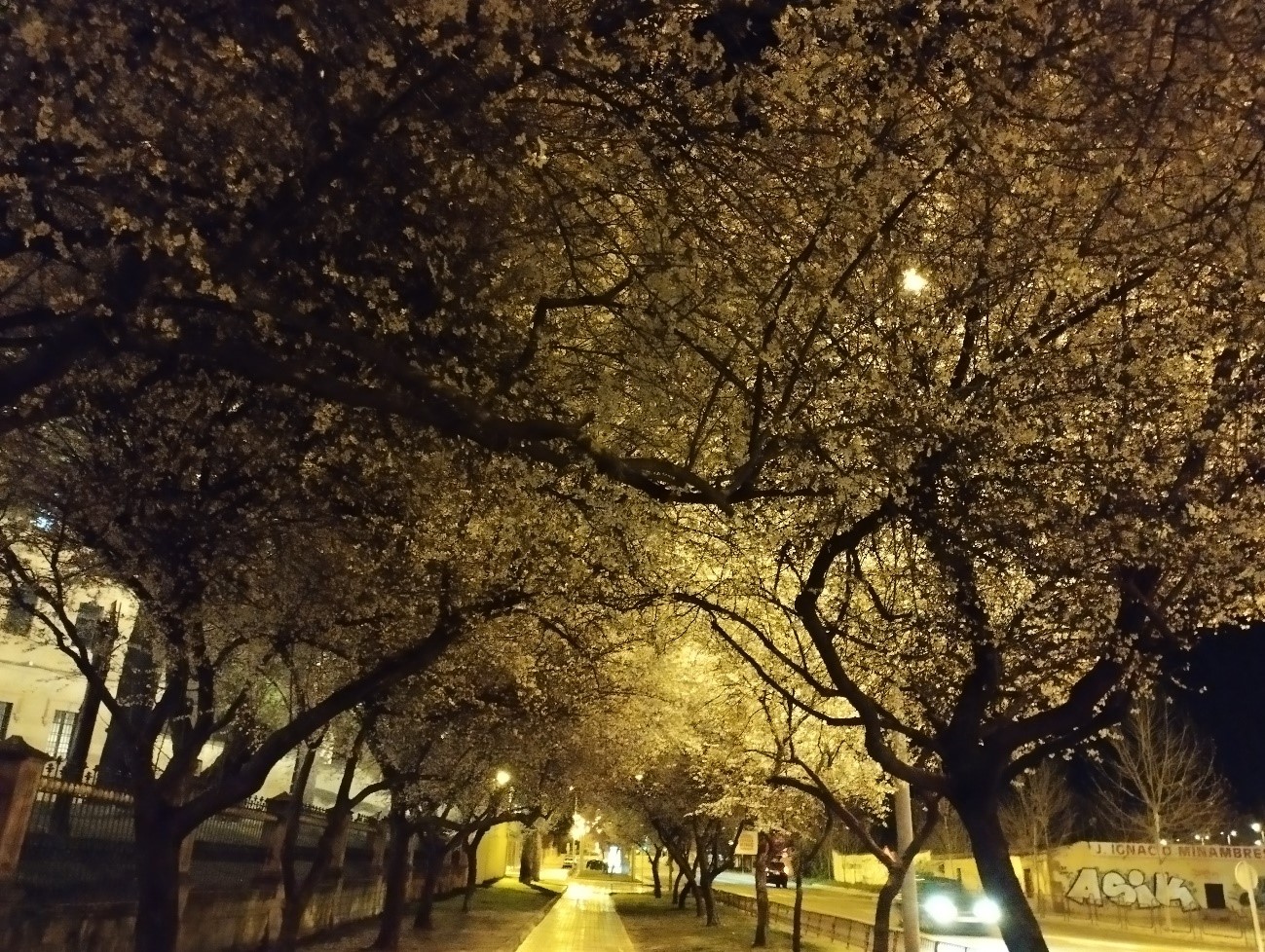
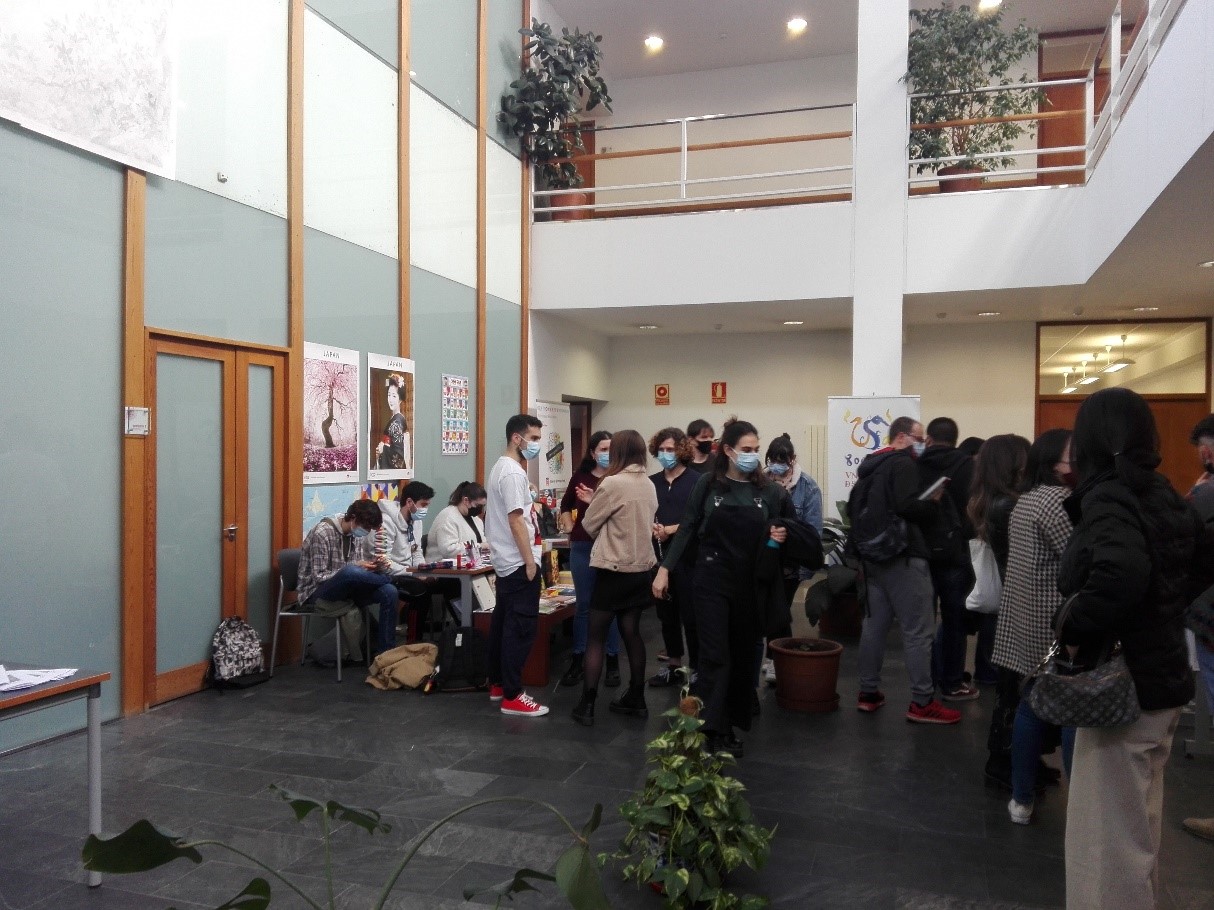
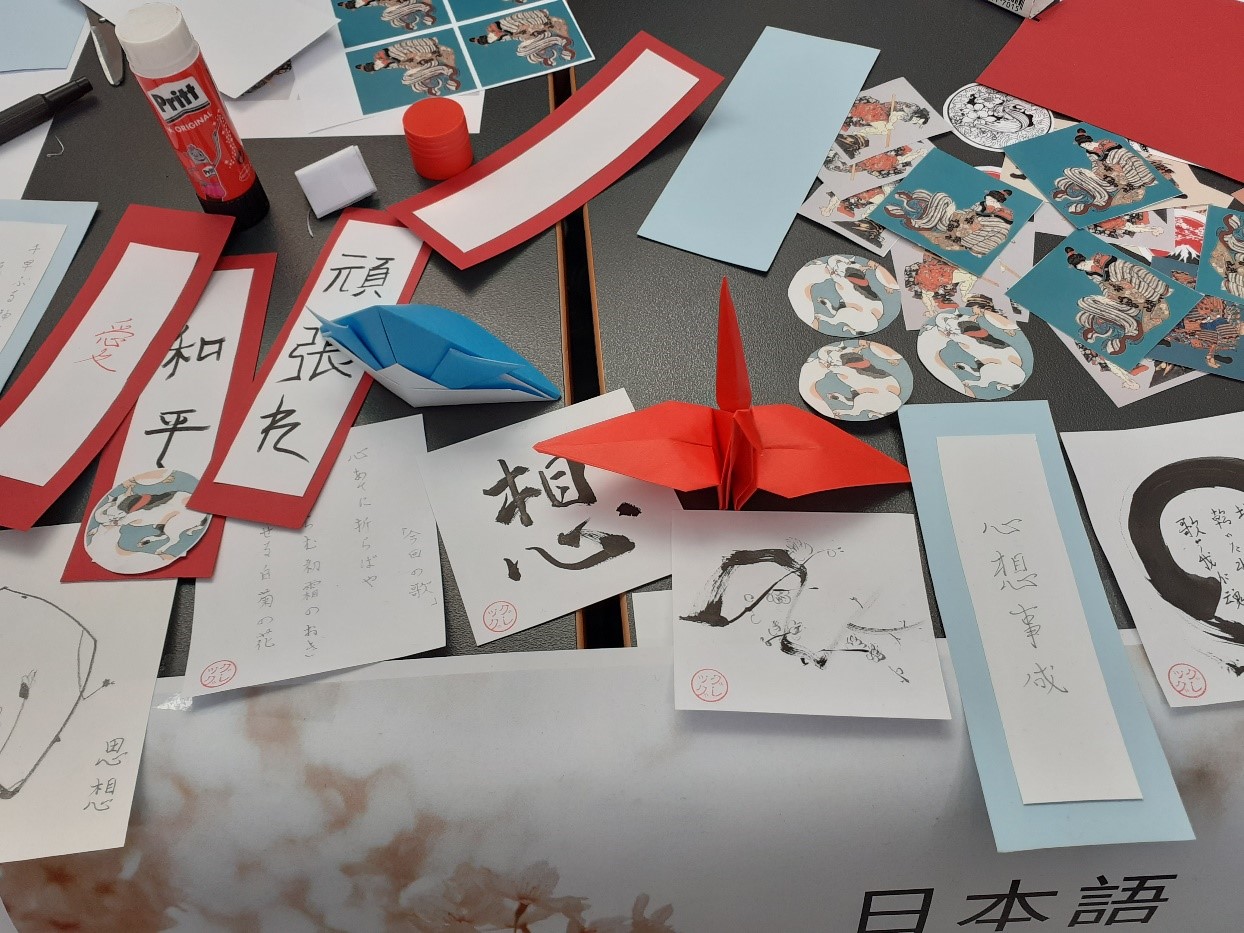
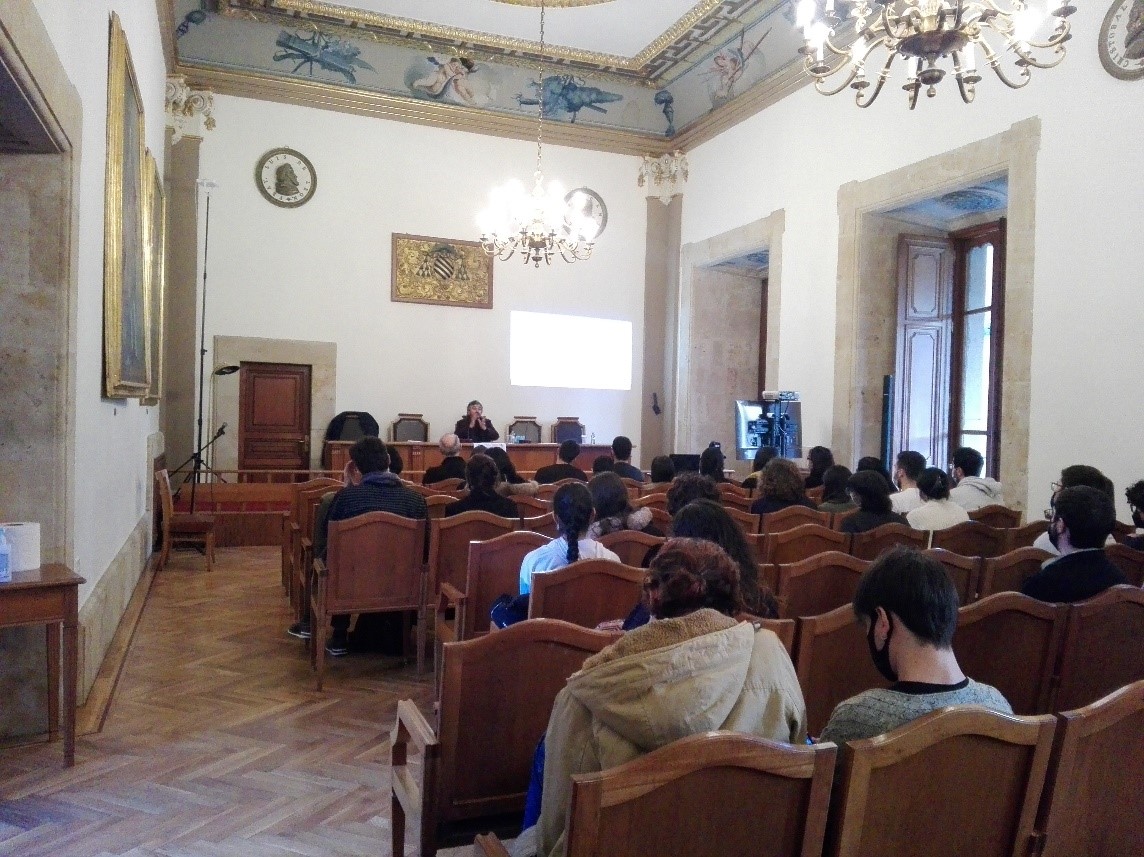
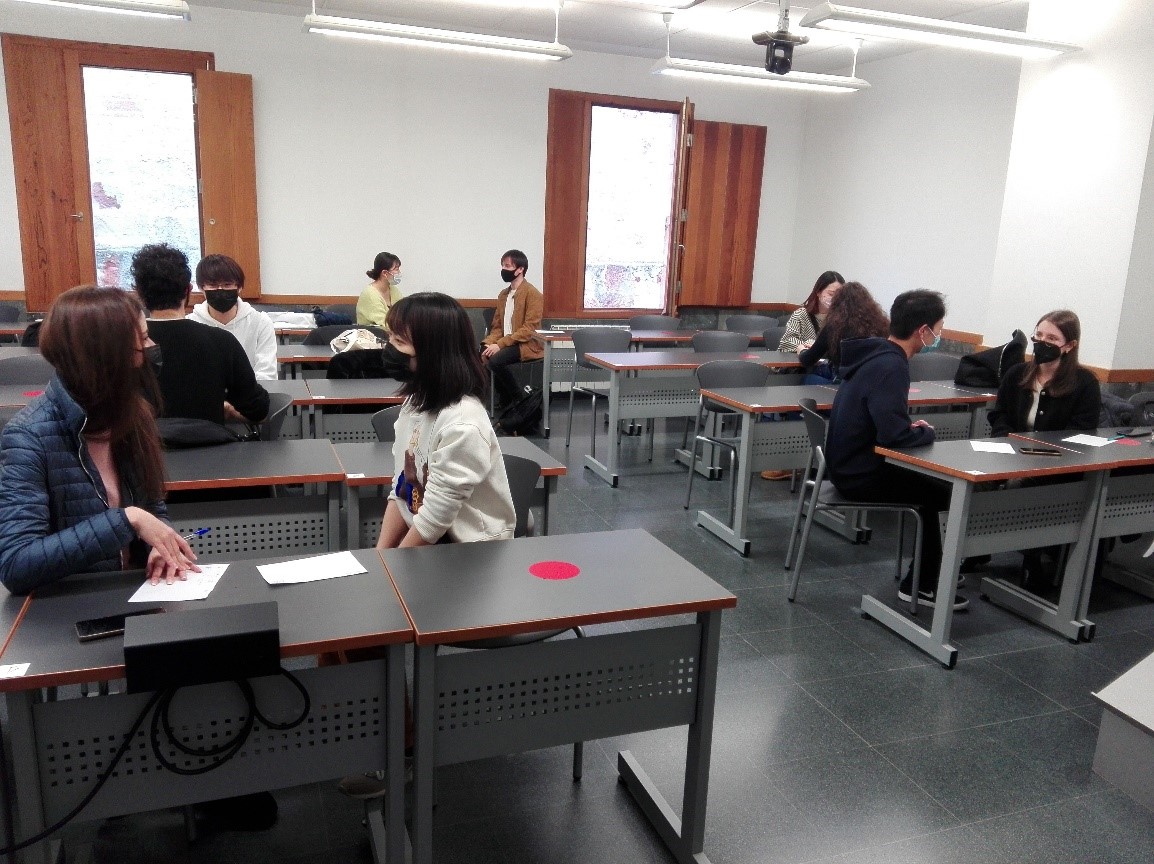
January Activity Report
31 January 2022
Global Japan Office Coordinator
KUBO Masako
On January 10, after the end of the Christmas and New Year holidays, the final exams of the first semester began. Not only was there a long interval between classes there were also time lags between students’ entering and leaving the room, and I did not hear any of the students speaking during the exam. The quiet of the literature department in the Plaza of Anaya was accentuated by small number of students coming and going, and I even wondered if the exam was actually being held. With the number of people infected by the Omicron strain of the coronavirus peaking in Europe, there were concerns that this might affect the exams, but there seemed to be no major problems, and the exam period ended successfully.
By the way, January 28 is the day of Saint Thomas Aquinas, the founder of the Christian theological system. Saint Thomas Aquinas is the patron saint of universities, and the university celebrates this day with a memorial ceremony in the university auditorium (Photo 1).
This year, a Spanish professor from the literature department gave a lecture on two Castilian grammars by Antonio de Nebrija, a humanist who introduced the Italian Renaissance to the Iberian peninsula. At a time when the language was not yet systematically known in Europe, he produced a large collection of Spanish grammars. The Grammar of Castilian Language was printed in Salamanca in 1492 and presented to Queen Isabella. There were various kingdoms on the Iberian Peninsula at that time, but this year was a decisive year in the history of Spain, as the Reconquista was completed and Columbus embarked on his Discovery voyage. The unification of the language was at the core of the Kingdom of Spain's unification as a country and its subsequent Golden Age, and the influence of this grammar book on the world has been profound. This year marks the 500th anniversary of Nebrija’s death, and at this ceremony, the University of Salamanca once again celebrated Nebrija’s achievements in grammatical research (Photo 2).
On another tangent, this month I was able to hold an online tea party with students from Tokyo University of Foreign Studies who have come to Spain to study (Photo 3). It was encouraging to see how they were enjoying their study abroad experience, whether they had friends at the same university, whether they were alone, or whether they were visiting friends in other cities in Spain. In some cases, though they were generally having fun, they also had problems living with Spaniards. To be honest, it can be quite difficult to live in the same space with others without getting in each other’s way, and the students’ problems made me think back to my own study abroad days. How do we deal with different languages, customs, and even values? I think the worries and thoughts we have in such situations help us to grow up. Beginning with the Age of Exploration, Spain expanded its Christian missionary activities, but the missionaries first tried to adapt themselves to different cultures so that they could integrate with the local people. Adapting is not a unilateral effort, and even as the missionaries tried to adapt, they also needed the local people to understand and accept their efforts. This kind of outreach to others may be even more difficult in today’s lonely society. Hopefully, we can find positive takeaways from our study abroad experiences, both good and bad. I’m rooting for you all!
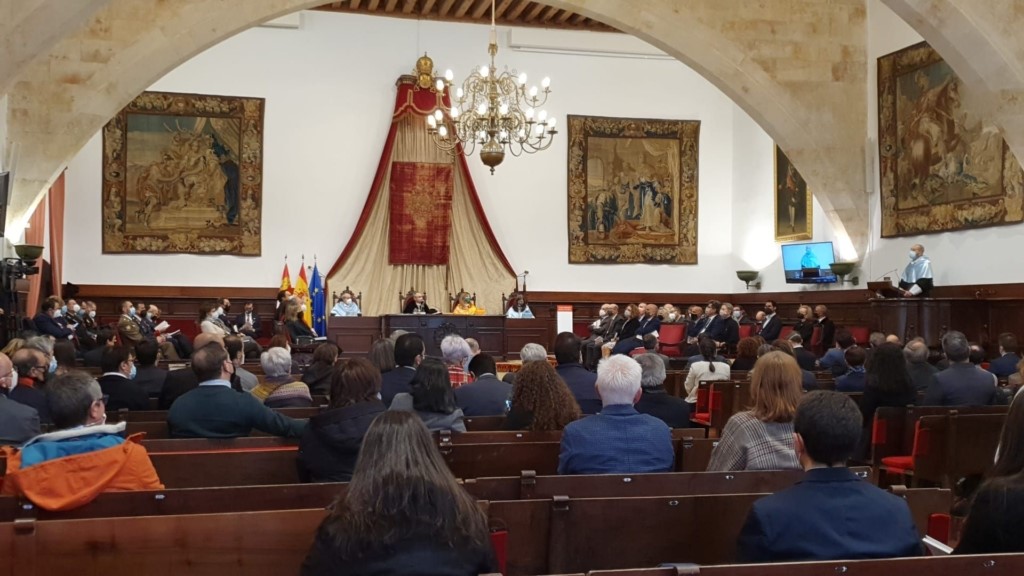
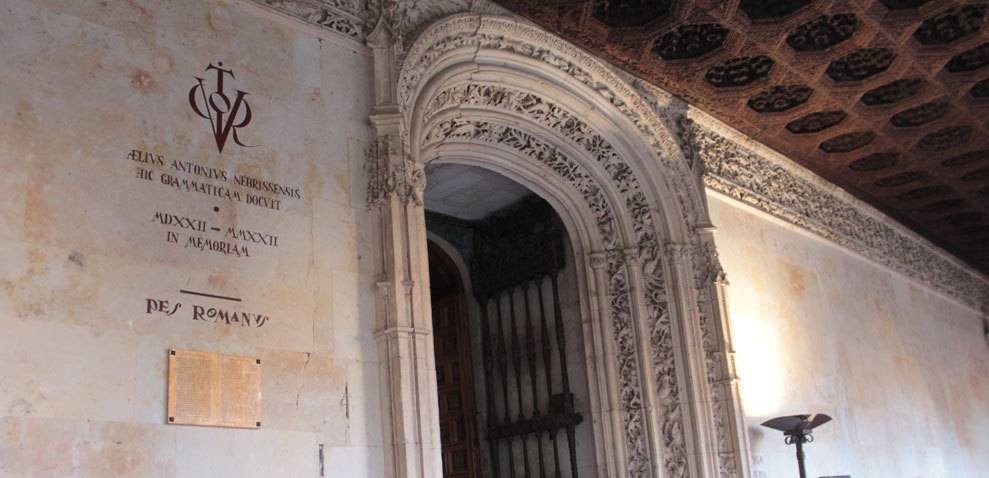
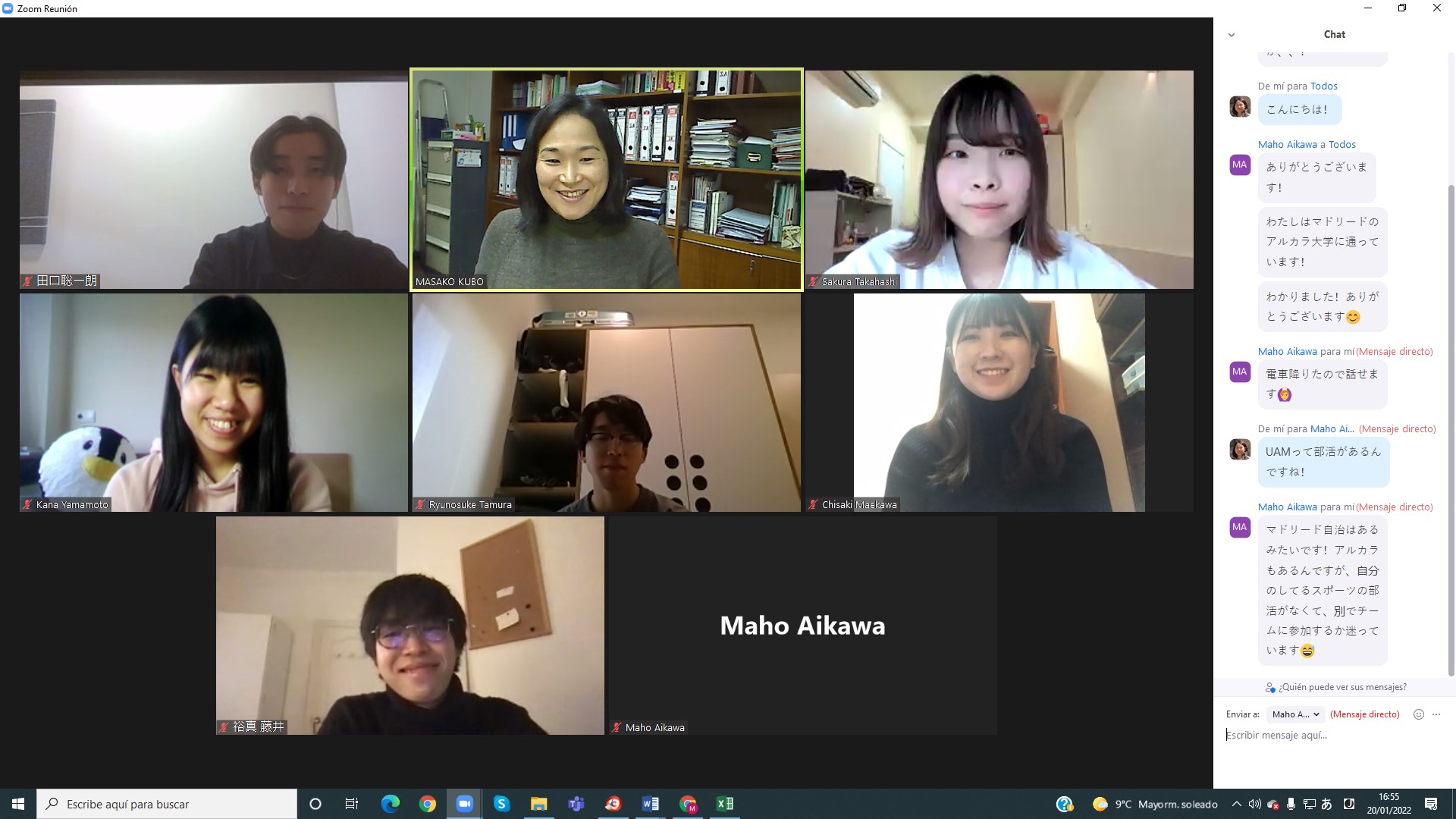
December Activity Report
30 December 2021
Global Japan Office Coordinator
KUBO Masako
The first semester of the 2021 academic year, which started in September, ended in December, and although some courses have completed their exams in December, most students only have exams in January. Compared to last year, which started in October, the first semester of this year was longer, but when I counted the two holidays in December and the Christmas vacations starting on the 23rd, I suddenly felt that time was moving fast. We all have the same mentality of wanting to finish the year and get things done before the end of the year. Even in Spain, the word "Shiwasu" was sink deeply in to my mind. Here, the 24th of Christmas Eve and Christmas 25, New Year's Eve and New Year's Day, and the 5th through the 6th of the Feast of the Epiphany, which are all days spent with the family. When asked what they were planning to do during the two-week vacation, the students answered "be with my family" and "study for exams". With so many things to celebrate, it may be hard to concentrate on studying, but the reality is that there will be a series of exams waiting for them once the vacation is over, so they need to plan ahead with studying and submitting exams in mind.
This month, we announced the students who will be studying in Japan for the 2022-2023 academic year. There was an online information session for students in the East Asia undergraduate program. Students from other faculties who had already decided to study in Japan also participated, and many students were preparing for their study abroad. The International Office told them that you had to adapt to the Japanese way of submitting documents to study in Japan, which must have made everyone brace themselves up. (Photo 1)
In addition, additional vaccinations with the new corona vaccine and vaccinations for children under 12 years of age have been rapidly progressing this month, and as of the end of December, the vaccination completion rate had reached 84% nationwide in Spain. However, the response to the Omicron strain has been ineffective and the infection has even spread to those who had completed their vaccinations, and the graph of the number of infected people since Christmas looks like a precipice. According to data from the Spanish Ministry of Health, more than one million people have tested positive in the last two weeks of December. (https://cnecovid.isciii.es/covid19/). On the 24th, the wearing of masks became mandatory again, even outdoors, but the atmosphere was a little more liberal than before, with some autonomous regions having restrictions on the number of people who can attend meetings, while others did not. (Photo 2) Last year was the first Christmas during the Corona Disaster, which was quite restrictive and complicated, and I got the impression that everyone was nervous. Now we are hearing voices asking if schools and universities can return to face to face as usual after the January vacations.
The language exchange program that started in November, though belatedly, continued successfully in December. Students enthusiastically attended until just before the vacation, wanting to take advantage of this opportunity for both Japanese students who it's hard to make friends just by attending classes or who have no opportunity to speak Spanish, and for Japanese language learners. It seems that the number of Japanese students will increase a little more from February, when the second semester starts, and I hope that we can safely resume the exchange meetings that will shorten the distance of communication.
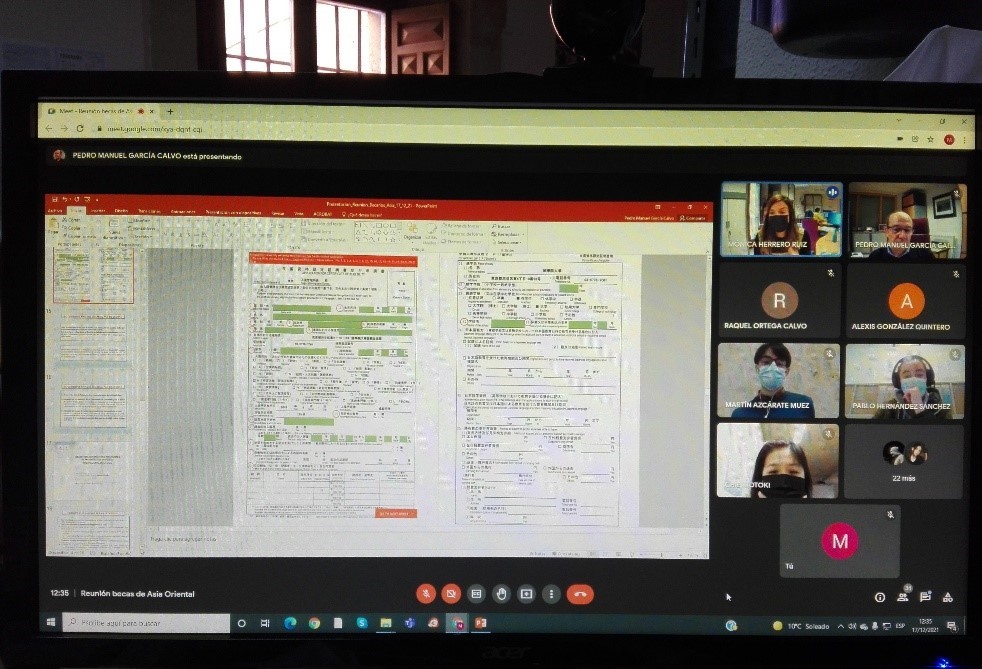
(Photo 1) Nervousness seemed to rise as she looked at the documents to be submitted with detailed instructions.
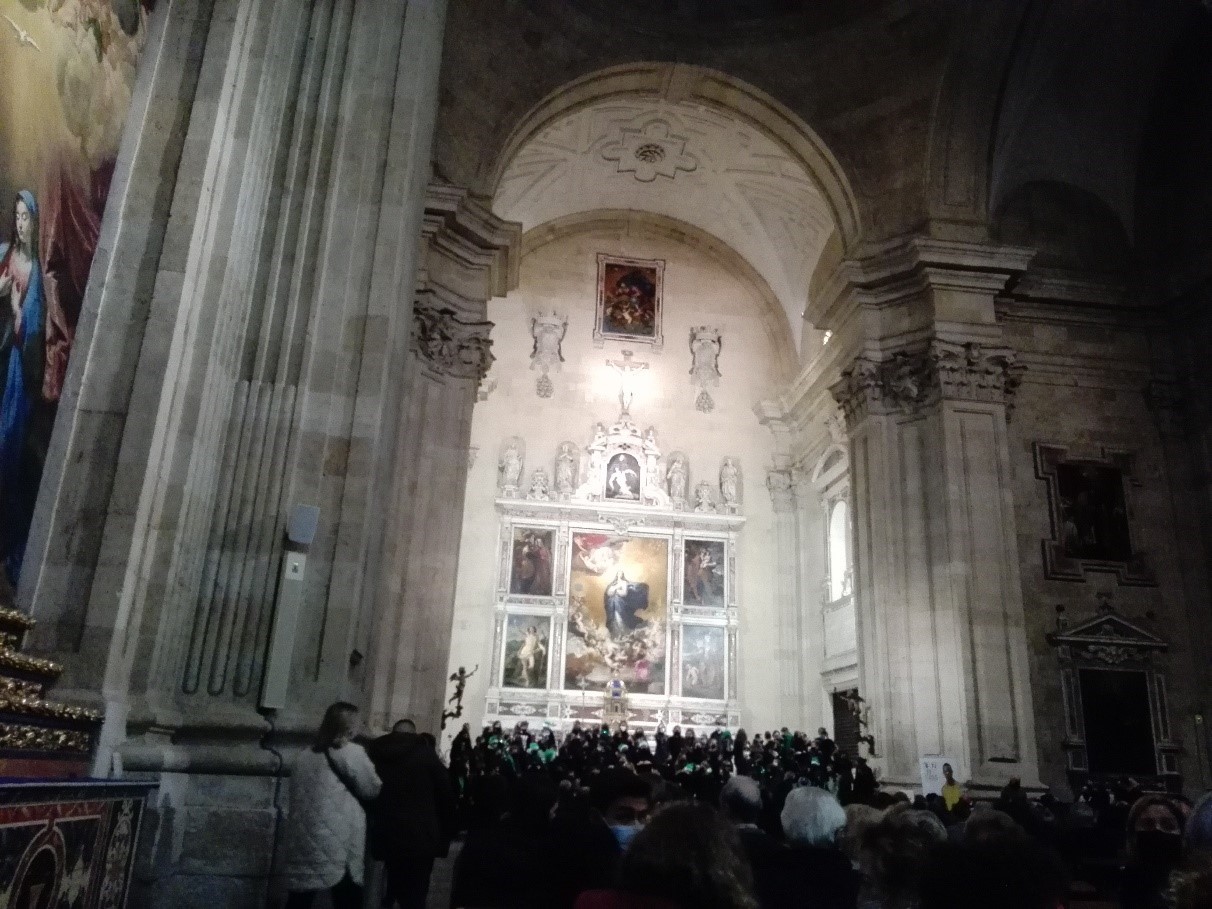
(Photo 2) This year, a pre-Christmas church sing-along was also held.
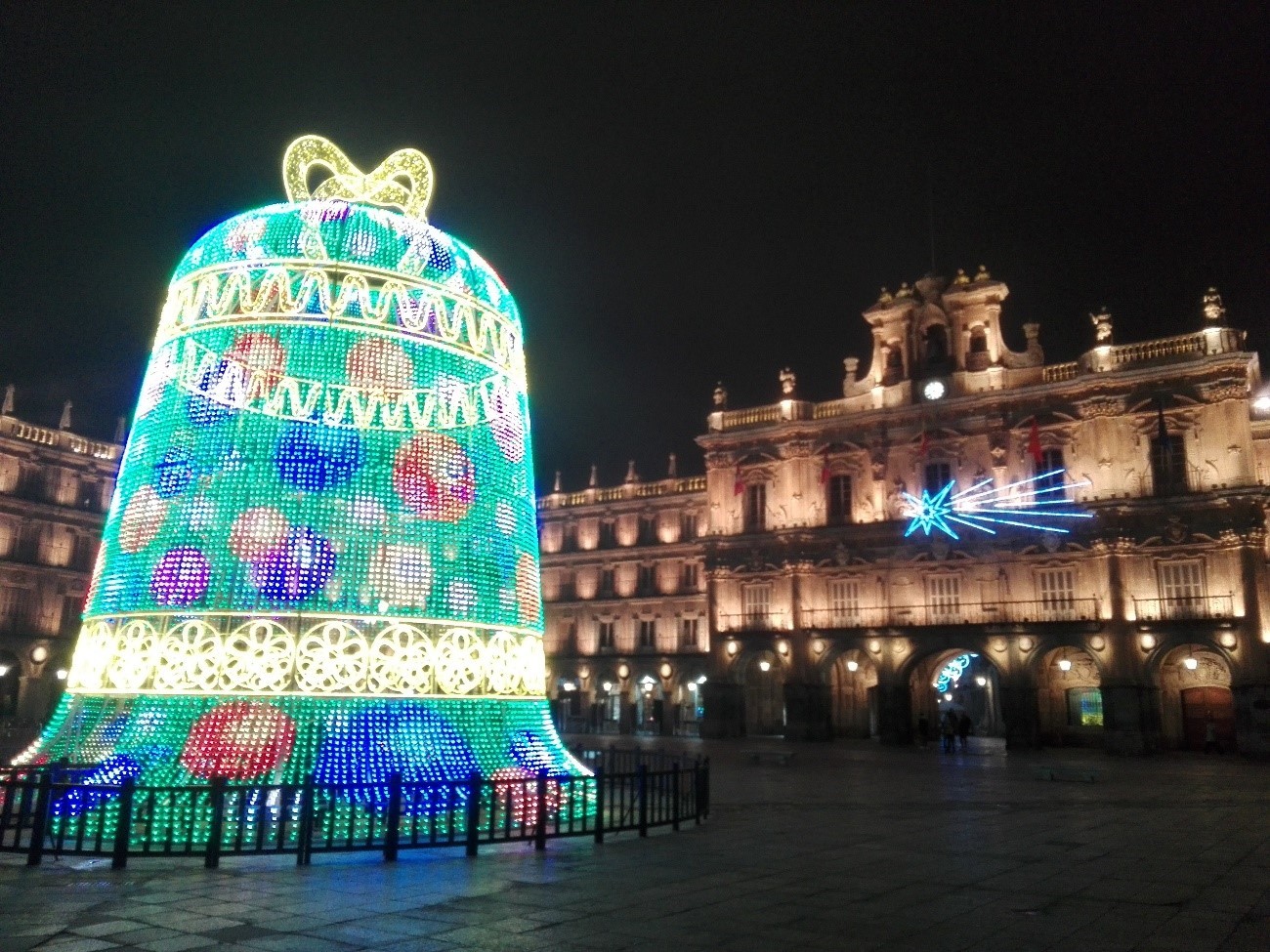
(Photo 3) Decorations in the center of Plaza Mayor lit at night.
November Activity Report
30 November 2021
Global Japan Office Coordinator
KUBO Masako
In a change from the somewhat warm October, the first snow fell in November, followed by a cold wind, and I feel as if I am suddenly being forced to prepare for winter. Christmas decorations are now lit up, and the arrival of winter can be felt more and more (Photos 1 and 2). Since the coronavirus had settled down and the weather is getting colder, we are not ventilating the indoors as often as we should. However, with the news of the Omicron strain, the coronavirus has become a concern again, and people are suddenly remembering to implement anti-virus measures.
This month, the campus was also decorated with the announcement of the election of the president of the university, which is held every four years for a maximum of two terms. The current president has just finished his first term and is running for a second term. There was one other candidate running, and it was a one-on-one matchup. In anticipation of the vote being split in two, even the student representatives called for votes, an unprecedented activity to promote the exercise of voting rights.
On the day of voting at the end of this month, the result was 59% to 41%, with the current president getting an extension of his term. How did the election, which included undergraduate, master's and doctoral students, go over with the Japanese students?
In communication, it is difficult to balance the amount of conversation between those who are good listeners and those who want to talk, but by talking with various people, you can help and be helped.... There are many things you can learn, such as what to do when you can't speak, what to do when you lose the topic, and so on, to use various strategies. At times, games were introduced to create a lively atmosphere. For the Japanese class students, it was a time to challenge themselves and see if they could actually use what they had learned so far, and for the Japanese students, it was an opportunity to get to know each other through the Japanese language and feel closer to each other than they usually do with Spaniards. I hope that this will be a good opportunity for both of us to make it one of our goals to learn the language.
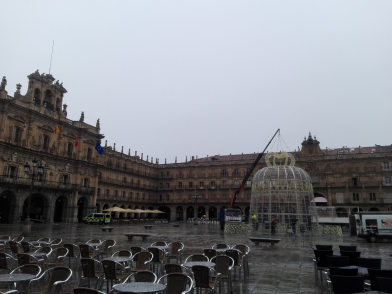
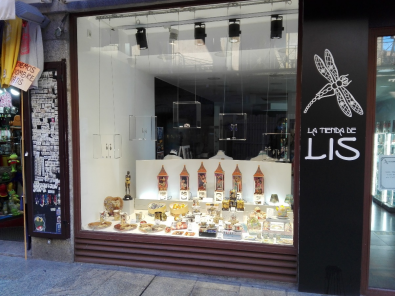
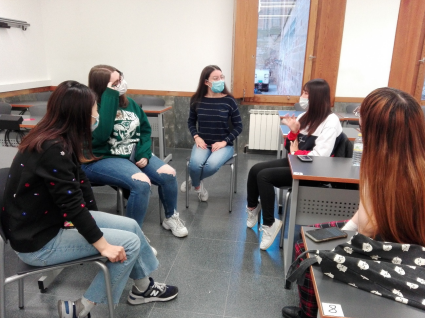
October Activity Report
31 October 2021
Global Japan Office Coordinator
KUBO Masako
This year, a new Master's Course of East Asian Languages and Literatures was established in the Department of East Asian Literature at the University of Salamanca, and the course began in October. The number of the graduate students is very small compared to 25 students in a bachelor's course, but they seem to have intense interest, wealth of knowledge, and high motivation. In addition, students who did not excel in Japanese as undergraduates sometimes decide to pursue a master's degree, indicating that there is no correlation between language skills and inquisitive mind. By the way, the University of Salamanca also has a master's program in East Asian studies in the School of Social Sciences, and this is the second master's program related to Japan. Spanish Interest in East Asia is still on the rise.
The university is now in the application period for study abroad at partner schools, and there are quite large posters of study abroad applications at all campuses and school buildings. Salamanca is a small city, but the faculties are scattered all over the city. There are campuses in Avila, Zamora, and other towns, so it is quite a daunting task and requires a lot of attention. We have sent out very few international students in the past year and a half, and the International Office has not been able to promote study abroad due to the situation in Covid-19. Some students have given up from the start on studying abroad. We hope that they will be able to study abroad next year.
As for Covid-19, the situation has stabilized to a large extent, but we have heard of recurrences, so we must be on our guard. Even in October, there are still many tourists, and the town is always filled with them regardless of weekdays and holidays. In particular, the number of tourists from foreign countries and on tours are also noticeable. (Photo 1) The literature department is located in front of Cathedral, and around here, I find as many tourists as there are students. People are not required to wear a mask outdoors, so it's like before the pandemic. (Photo 2)
In the latter half of October, Christmas lights got installed and ready to be lit in November (Photo 3). Last year, there was still a strict limit on the number of people gathering, but this year, People seem to have high hopes for a different way to welcome Christmas this year.
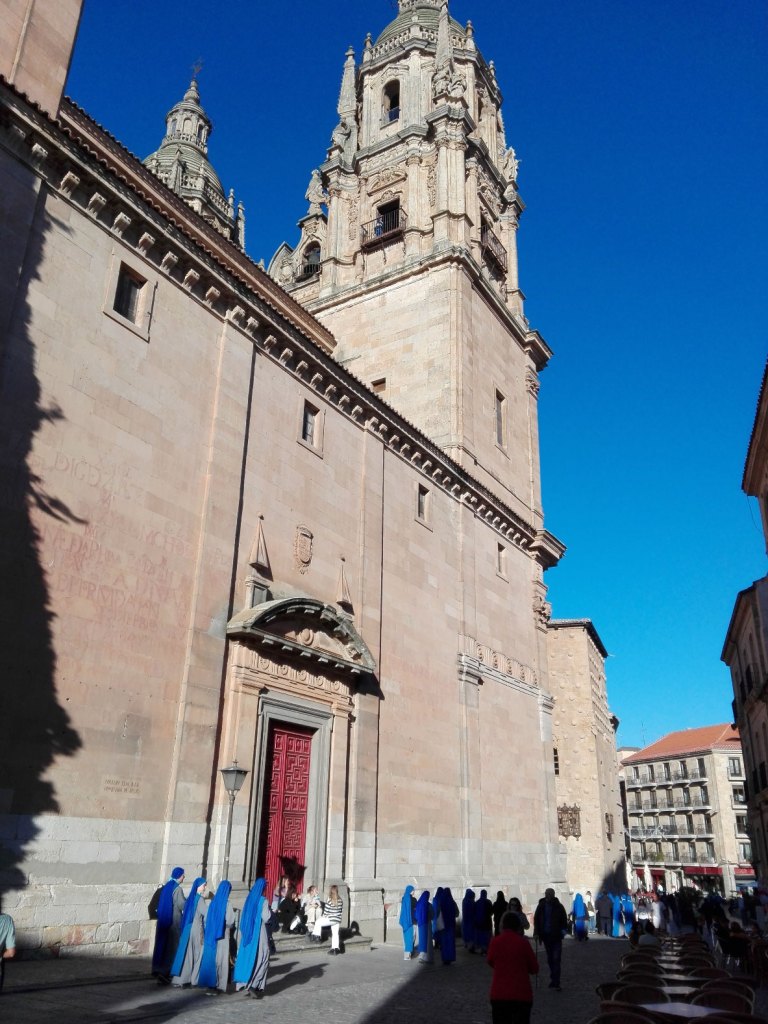
(Photo 1) Nuns visit Salamanca.
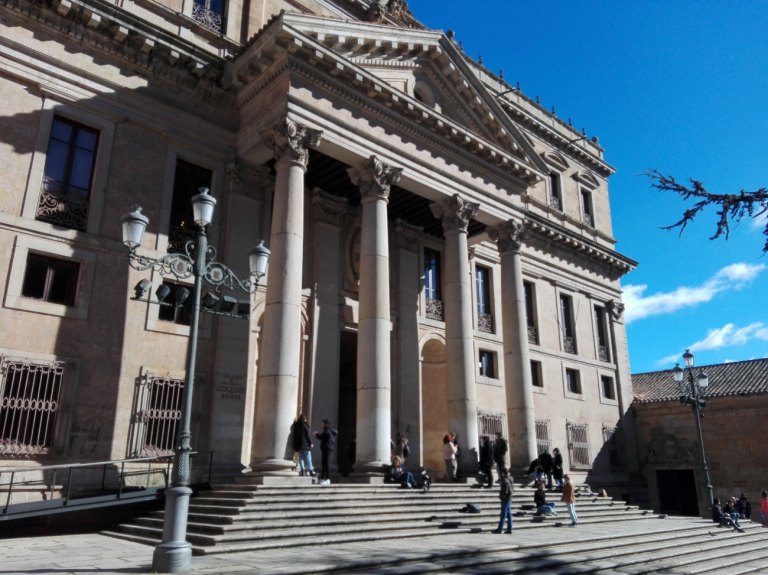
(Photo 2) Rest time at the front stairway of the Faculty of Literature. Many people outside are not wearing masks.
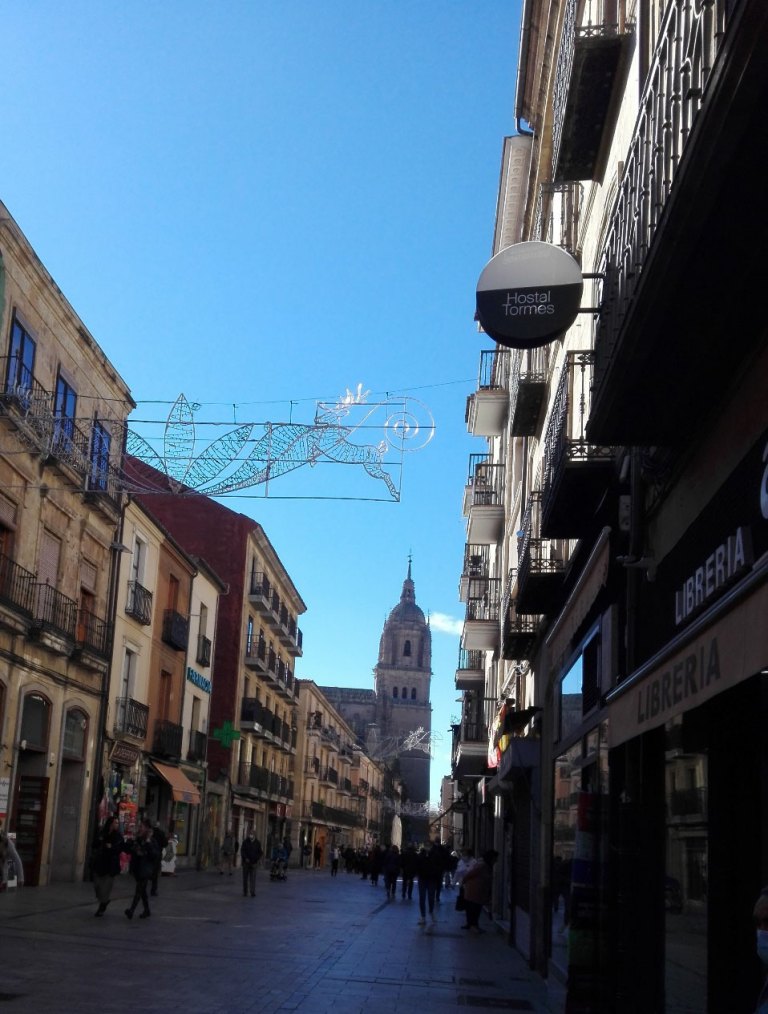
(Photo 3) "Oh, Christmas already?" Every year I am surprised.
September Activity Report
30 September 2021
Global Japan Office Coordinator
KUBO Masako
Both face-to-face and online classes started late last year because they had to take various measures. This year, the Coronavirus situation settled down, and the number of people who can enter the classroom has increased, and things seems to get back to normal. Alcohol disinfection used to be so much warned, but students may leave the room without disinfecting their desks unless prompted, and they look less aware of the need to prevent infection. It seems that they can't change their original habit just by continuing it for a year.
Students who had decided to study in Japan this year have not yet received their visas. Some are either continuing to study online and some have decided to give up their studies. .... If you don't live in the country, which is one of the advantages and attractions of studying abroad, the significance of studying abroad will be reduced by half. Students who study abroad online are not allowed to attend classes here, so they will continue to communicate with each other over the Internet, and even if they don't get homesick, they will still be isolated from the rest of the world, which will undoubtedly make them feel complicated. Either way, it must be a very courageous decision.
Last year, there were only a few students from Europe, but this year, there are several Asian students here and there, and the number of tourists has returned to normal. There are so many group tourists that the streets are crowded with people and it was difficult to walk (Photo 1). Salamanca has come alive. It looks like it won't be long before we can have face-to-face exchanges with Japanese students.

June Activity Report
30 June 2021
Global Japan Office Coordinator
KUBO Masako
Salamanca is in the middle of the exam. First of all, there was a final exam, and the makeup exams for the first semester (from October to January) started around the middle of the month, and the makeup exams for the second semester (from February to May) started at the end of the month. At the same time, the deadline for submission of graduation thesis is almost the same, so it is a hard time for fourth year students who are going to submit a thesis. Also, the examination period differs depending on the department, so if you take a class outside the literature department, it is very complicated like taking a class in another department while taking an examination in the other department. Especially for those who still have the make-up exam for the first semester, they have to review all the subjects now, and I'm sorry that the period is this long. It's cool in the mornings and evenings, but the summer sun is strong in Salamanca, and it gets hot during the day. It's already summer vacation for those who passed all the exams, and the whole city has already been enveloped in a vacation atmosphere with the return of summer vacation and tourism. I think students want to say, “It’s not the time to study!” In an old building made of thick stones, we can live without an air conditioner, but the new school building is so hot that taking the test feels like a challenge.
The graduation ceremony in the beginning of June has been cancelled as it was last year, so there has been no one big event. In Spain, there is no entrance ceremony, but the graduation ceremony is a very big event. Students only get the title in the office without even online ceremony of finishing their four years of study. It was like the same year as the final exam of the third grade, as they couldn’t have the time to look back on the past with all my classmates, and they also couldn’t recognize the sense of accomplishment and enthusiasm for the next step. I wonder if they will hold a big graduation ceremony for three years next year. I have high hopes for that.
Students who wish to study in Japan have no choice but to wait for the lifting of the ban on entering Japan, but they don't give up hope and seem to be steadily getting ready.
In Salamanca, vaccination has advanced to the birth of the 1970s, and there seems to be some promising signs. However, since June 26, when half of the population had not yet been vaccinated, the obligation to wear masks was lifted, and with the arrival of summer vacation, many people are becoming less attentive.
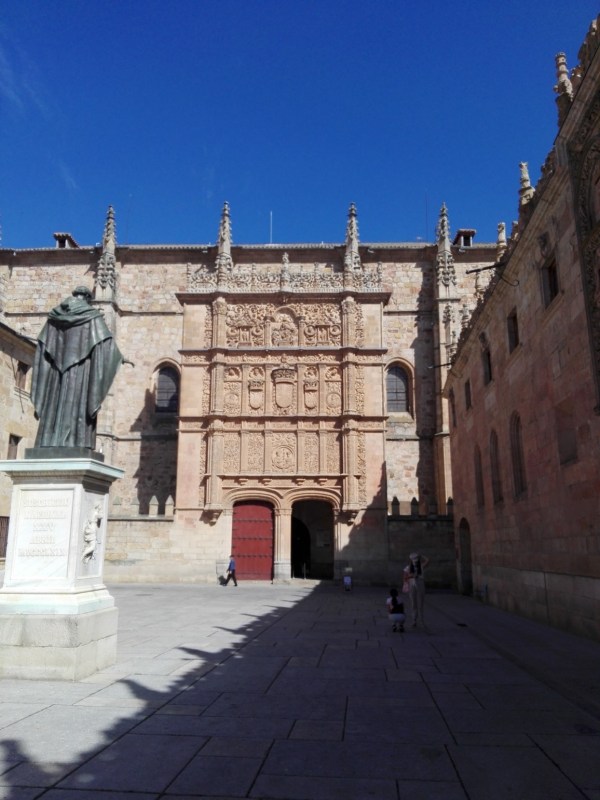
May Activity Report
31 May 2021
Global Japan Office Coordinator
KUBO Masako
The fine weather continued in May. In the daytime I often felt the summer sun, but it’s chilly in the morning and evening. The temperature difference of the day was big in this month. I often heard that it rains a lot in April, but in fact, I learned that there was a continuation of that. “Abril aguas mil, Mayo a rayo" (Rain in April, Lightning in May). In fact, we had a lot of thunder this month, and we were often hit by sudden rain.
Meanwhile, Japan Week was held in the literature department. In Salamanca, the Centro Cultural Hispano-Japones also hold Japan Week, but the one in the literature department has students as main planners. There were class representatives in each grade but when the four grades got together, it was difficult to reach an agreement. I was worried whether it would really be held until the very end. In the end we were able to make a good program. Japan Week, which was scheduled to be held in March last year, was cancelled due to the Covid-19, and all of the events that had been built in were renewed, and this year they were held in a hybrid style. The haiku exhibition, furoshiki workshop, lectures on "otaku" by graduate students, exchange meeting with international students, online game competitions, etc., especially online game competitions were held on Saturday, and we spent the whole week there. They seemed to be familiar with Japanese language and Japanese culture outside campus. (Photos 1 and 2)
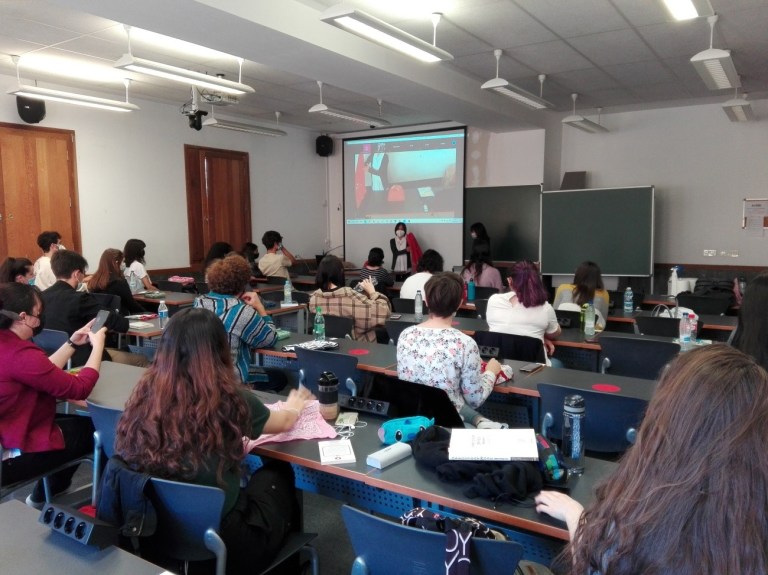
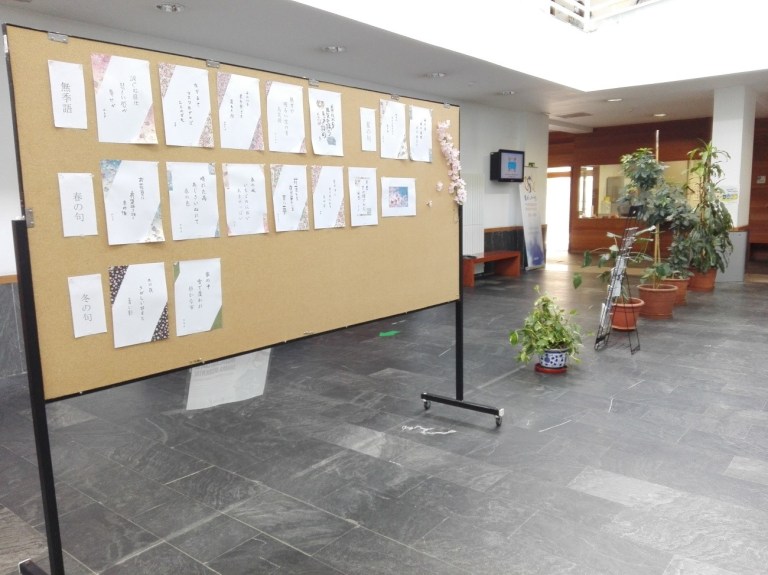
On May 9, the state of Covid-19 alert was lifted in Spain. In addition, nearly 40% of the population has received at least one dose of the vaccine, which began in late December. The number of people eligible for the vaccine is also expanding to people born in the 1960s. After the city was allowed to accept visitors from abroad, the number of foreign tourists has increased at a rapid pace. The scenery is getting back to the normal. Oh, Salamanca is now a city of tourism again. (Photo 3)
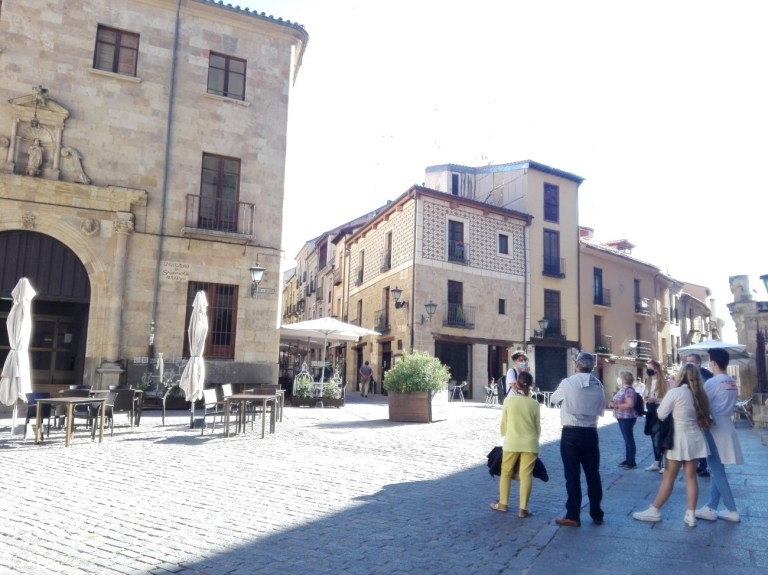
In the late May, there was a conference of East Asian studies (Photo 4, 5). All the classes in the second semester of the 2020 academic year were over, and students in the fourth year of the bachelor's program attended the classes. Some of the graduate students made presentations. It seems they have started preparations for studying in Japan at the same time, and the number of consultations has suddenly increased. If it gets possible for students to enter Japan, many students, including those who could not go last year, will be able to realize studying in Japan.
By the way, this exam period lasts until the middle of June and after that, there is an extra exam until the beginning of July. For those who have extra exams, the exam period is over a month. I hope they will take their time and work hard.
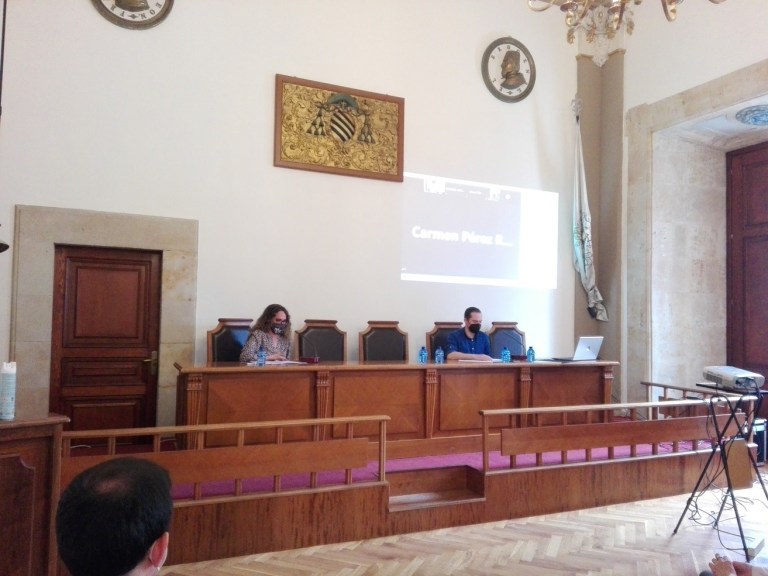
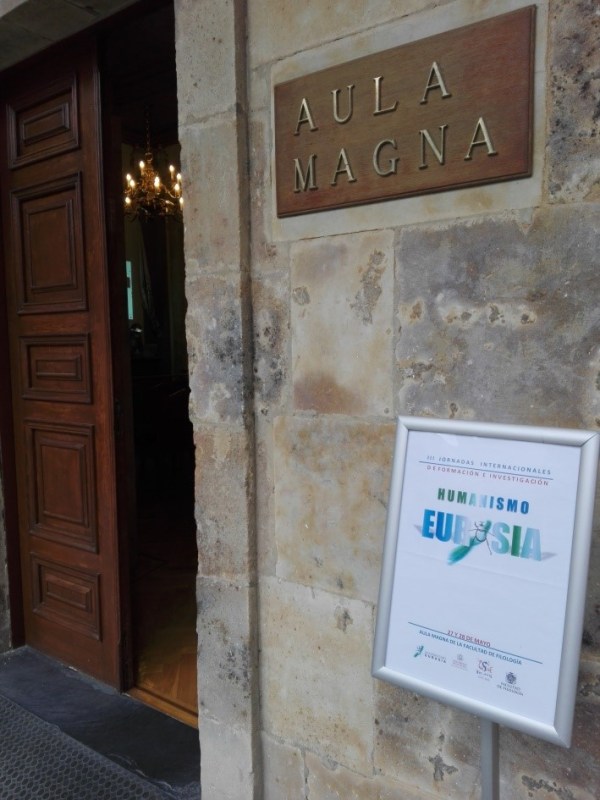
April Activity Report
30 April 2021
Global Japan Office Coordinator
KUBO Masako
Peach flower, plum flower, almond flower ... They are all very similar, and I can't tell which tree it is until the fruit comes out, but the flower that bloomed in March fell and finally the cherry tree passed the baton. It also bloomed in Salamanca. When the weather is nice, you will want to have a cup of tea while looking at flowers (Photo 1). In fact, this tree was planted in commemoration of Gifu Prefecture's friendship with Salamanca City. Our exchange with Gifu began with the restoration of the cathedral organ, and has led to our recent exchange study with Gifu University. Japanese cherry trees, which are firmly rooted, are now growing to the point where they are covered in colors with double-layered petals along the avenue. Cherry blossoms have become a symbol of Japan, but there are also famous cherry blossom spots near Salamanca. Located 120 km south of Salamanca, Valle del Jerte is famous for its cherries. I heard that more than 200,000 tourists visit every year to see the valley filled with flowers. There were no tourists due to Covid-19 last year, but it seems to have recovered a little this year.
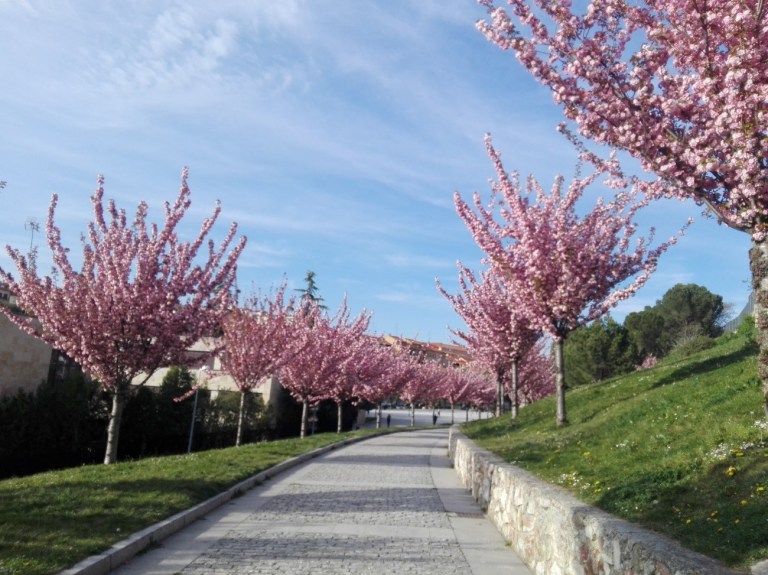
(Photo 1) Cherry Trees Avenue
By the way, this row of cherry trees is just at the foot of the fort in Salamanca. I heard that the fort is currently used as a laboratory building of the department of chemistry, but if you go up, the view should be good. Just in April there was a Holiday Week, and with the customary carnivorous restrictions during Lent in the old days, women were driven across the Tormes River (The Thormes) to preserve the sacred space during this sacred period. Then, on the following Monday after Holy Week ended, they crossed The Thormes to meet the women, and along the river they all ate a stuffed bun called Hornazo (Photo 2) and celebrated it. This is the tradition of Lunés de Aguas, (Monday of the Waters), which is still an important event in Salamanca. It is a half day holiday and every shop is closed in the afternoon, so we have to be careful.
On campus, we held a study abroad talk session just like last month. The student who told us about his experience this time is a student studying at Nihon University. Unlike the student who studied at Waseda University last time, he entered a dormitory with no distinction between Japanese and international students. He talked about his college life in Japan and his life in the countryside of Japan. He loves Japan so much that he wants to take this opportunity to go back again if he has a chance, and he wants to encourage his juniors to study in Japan. He didn't know why there were such detailed rules, but he seemed to have adapted to them. In addition, the aggressiveness of the solicitation, which was different from that of Spain, seemed to remain in the impact unlike the image of Japan up until now. It was a time when I felt once again that studying abroad meant experiencing Japan as it was, with all the positive and negative aspects that I could not ignore in my life.
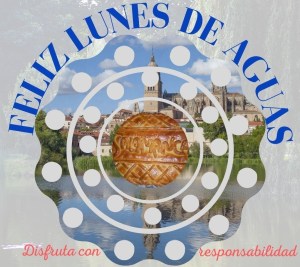
Poster by Renés de Aguas weaving Salamanca symbols (Photo 2)
